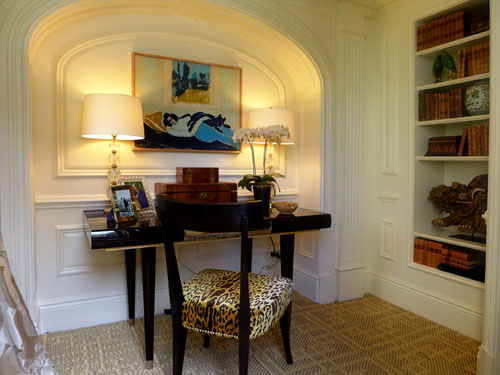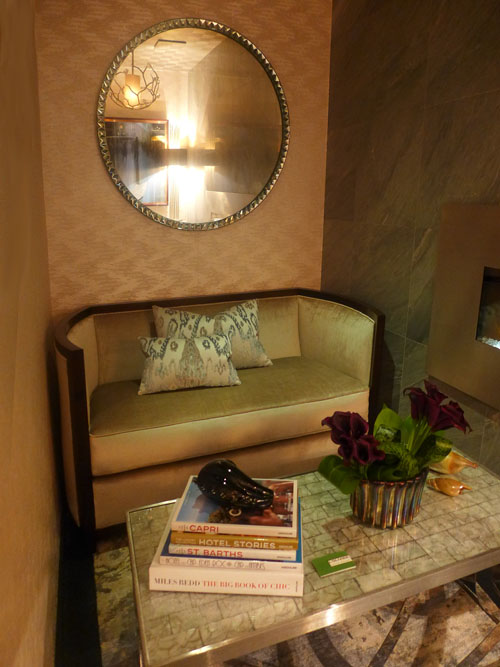
I'm a creative person, and I know many other creative people. We all think deep creative thoughts and we love the process of making things. I like to write. Others I know are great in art, illustration, photography, jewelry making, interior design, embroidery, fashion design, screenplay writing, and product design. But few of the people I know are entrepreneurs. That means that few of us (me included) would risk their security and steady job income to open up our own businesses - enterprises based on what we create.
Yikes! Being an entrepreneur puts a completely different template over what we creatives do during the day, right? I know you're attracted to this blog because you have a love for the creative arts. You probably make something, either as a hobbyist or as a serious pro or somewhere in between, but you might not want to "risk it all" to start your own business. We've all known people who have tried and failed in such endeavors, so we don't want to be like them, right?

And deep down, are we all that confident about our creative skills? We can contribute our creativity to others in a defined job environment, but can we build a business sustained by what we dream about, make and fashion, and develop?
IF you have the guts to go for creative business glory, I encourage you. Period. I ENCOURAGE YOU.
You heard right. I'm not going to try to talk you out of it, but only if you have the passion to pursue a creative business. Creative people are dissatisfied with things as they are. They have a strong desire to make things better, more beautiful, more elegant, more ... something! The only way to feel satisfied as a creative person is to have courage, focus, and vision - and to take action on your ideas.

Your creative outlet may be to help others make things. It could be assisting with craft time activities geared to young children or seniors. But you might want to base a business on your creativity. Mark McGuiness, the business coach pictured above, has what he calls the 5 Components of Creative Entrepreneurship. These are elements of success for any creative enterprise.
- Create (Don't Compete)
- Lead (Don't Manage)
- Communicate (Don't Be Shy)
- Automate (Don't Duplicate)
- Accelerate (Don't Stand Still)
Mark's creative entrepreneurship formula is also worth repeating here:
Creativity + Productivity = Success
It's helpful to visualize the end result of your creative work. Imagine what it will be like to design a new jewelry collection and have your own jewelry business. Visualize how you'll decorate a client's new living room and have your own interior design firm. Imagine how great your new photography website will look, promoting your creative services to the public. Hold that end result in your mind, and it will help fan your passion and intensity while diminishing fear and uncertainty.
But never start a business in a vacuum or, worse yet, in an atmosphere that is not supportive to you and your creative mission. Jettison your nay-saying friends and tune out the negative family members who don't believe in what you'd like to accomplish. That doesn't mean to blindly forge ahead, however! Do your research, and definitely seek out fellow creative folk in the community who can give you good feedback and criticism.

Feedback. Criticism. You need both before you plunge into any creative business endeavor. Hey, if you want to merely sell earrings of your own design at the holiday church bazaar, knock yourself out. But if you want to become Earrings R Us and open up stores across the country, then you'd better seek out friendly, but knowing feedback and criticism - the earlier in your business planning process, the better.
This means finding
Click to read more ...
 Alexia Rossetti
Alexia Rossetti  Wednesday, April 2, 2014 at 4:35PM
Wednesday, April 2, 2014 at 4:35PM  New York again hosted the annual Architectural Digest Home Design Show last weekend in March 20-23rd. Designers exhibited furniture of exquisite craftsmanship and truly unique work.
New York again hosted the annual Architectural Digest Home Design Show last weekend in March 20-23rd. Designers exhibited furniture of exquisite craftsmanship and truly unique work. 














